Cactus enthusiasts residing in colder climates often question the survivability of their cherished plants during winter. Fortunately, with proper care, most cacti species can endure the cold season.
This guide will detail the necessary steps to ensure your cactus remains healthy and vibrant throughout the year, even during the chilliest months.
It's crucial to recognize that not every cactus is equipped to withstand the cold; certain species are sensitive and may succumb to frosty conditions. However, numerous species are resilient enough to survive, provided they receive the necessary care as temperatures fall.
Some of the hardiest cacti species are as follows:
· The Mexican Fence Post Cactus
· The San Pedro Bandito Cactus
It's important to note that while the cacti mentioned are not the sole species capable of enduring winter conditions, they are notably hardy. For those new to winter cactus care, starting with one of the aforementioned species may increase your chances of success.
How to Care for a Cactus in Cold Weather
Despite the resilience of the cacti described earlier, they necessitate particular attention during the winter to stay robust and vigorous. Key factors to consider include the quantity of water provided, the ambient temperature, and the daily light exposure. It is essential to examine each of these elements to ensure your cacti flourish throughout the colder months.
Water
Bringing your cactus indoors during winter requires minimal watering, approximately once a month. Exceeding this frequency can lead to water accumulation at the pot's base, risking root rot and potentially resulting in the plant's demise.
Conversely, leaving your cacti outdoors throughout the winter months typically negates the need for watering. The natural hydration from melting snow and rainfall generally suffices for their needs. Additional watering in this scenario could lead to overwatering, jeopardizing the plant's survival.
Temperature
Cacti typically flourish in environments where the temperature is maintained between 65 and 70 degrees Fahrenheit. While these plants are resilient and can adapt to warmer or cooler conditions, it is advisable to place them indoors in a location where the temperature is consistent with this ideal range if possible.
Most residential settings naturally align with these temperature requirements, which is convenient as it means that significant alterations to your home's environment are generally unnecessary to support the health of your cacti during colder seasons.
Light
The light requirements for various cactus species vary, particularly during the winter. While some thrive with just four hours of daily light, others may need six to eight hours to prosper. It's essential to investigate the particular needs of your cactus species; however, a common preference among most cacti is for indirect sunlight. Positioning your cacti near a window that receives ample ambient light throughout the day is generally advisable for their well-being.
Summary
Cacti are resilient plants that thrive with minimal care. Nonetheless, they are not naturally suited for cold climates. Nevertheless, certain species can endure winter conditions with additional care and protection. Adhering to the guidelines previously mentioned, you can ensure your cactus remains healthy throughout the colder months, allowing you to appreciate its presence year-round.
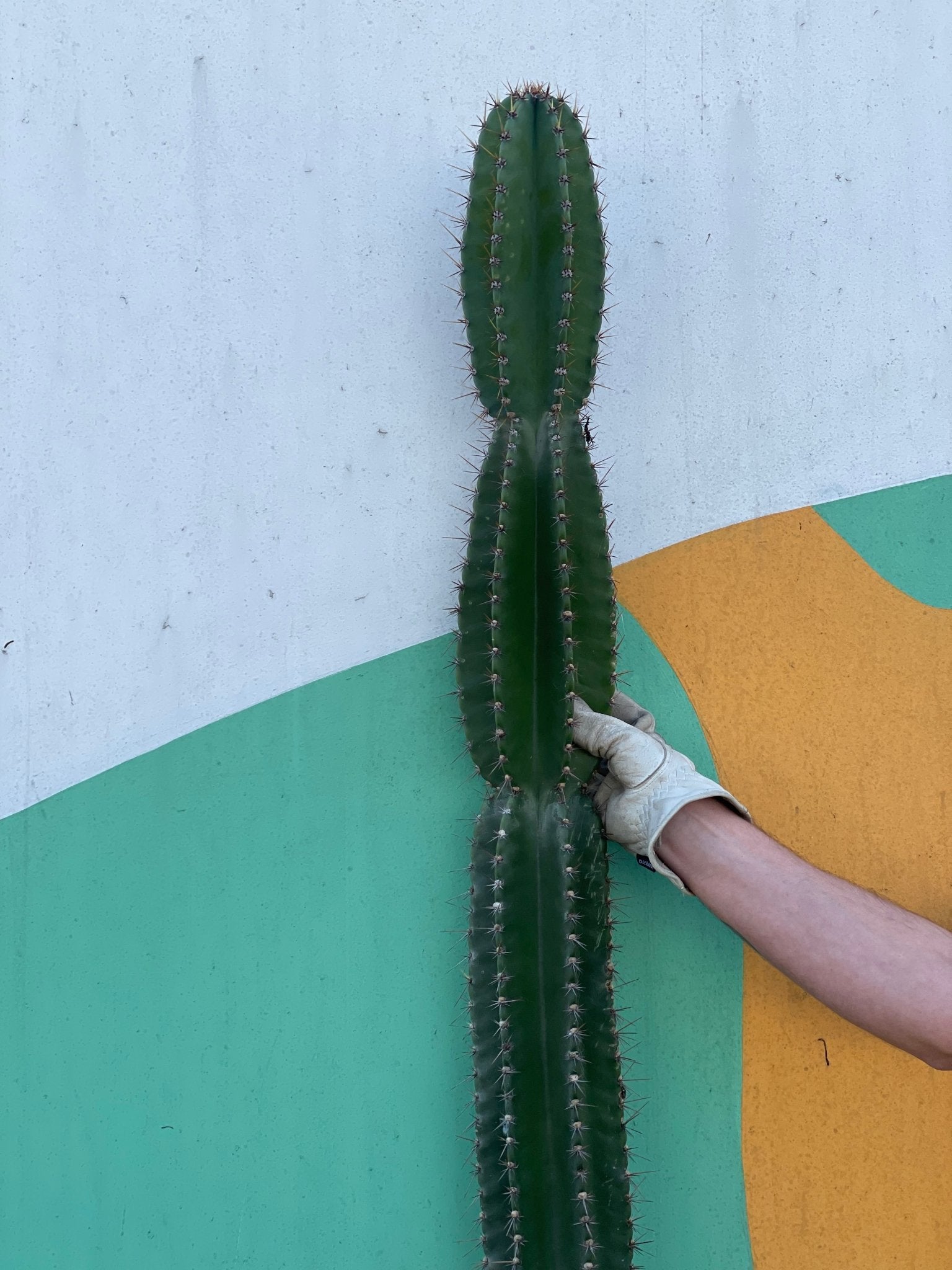
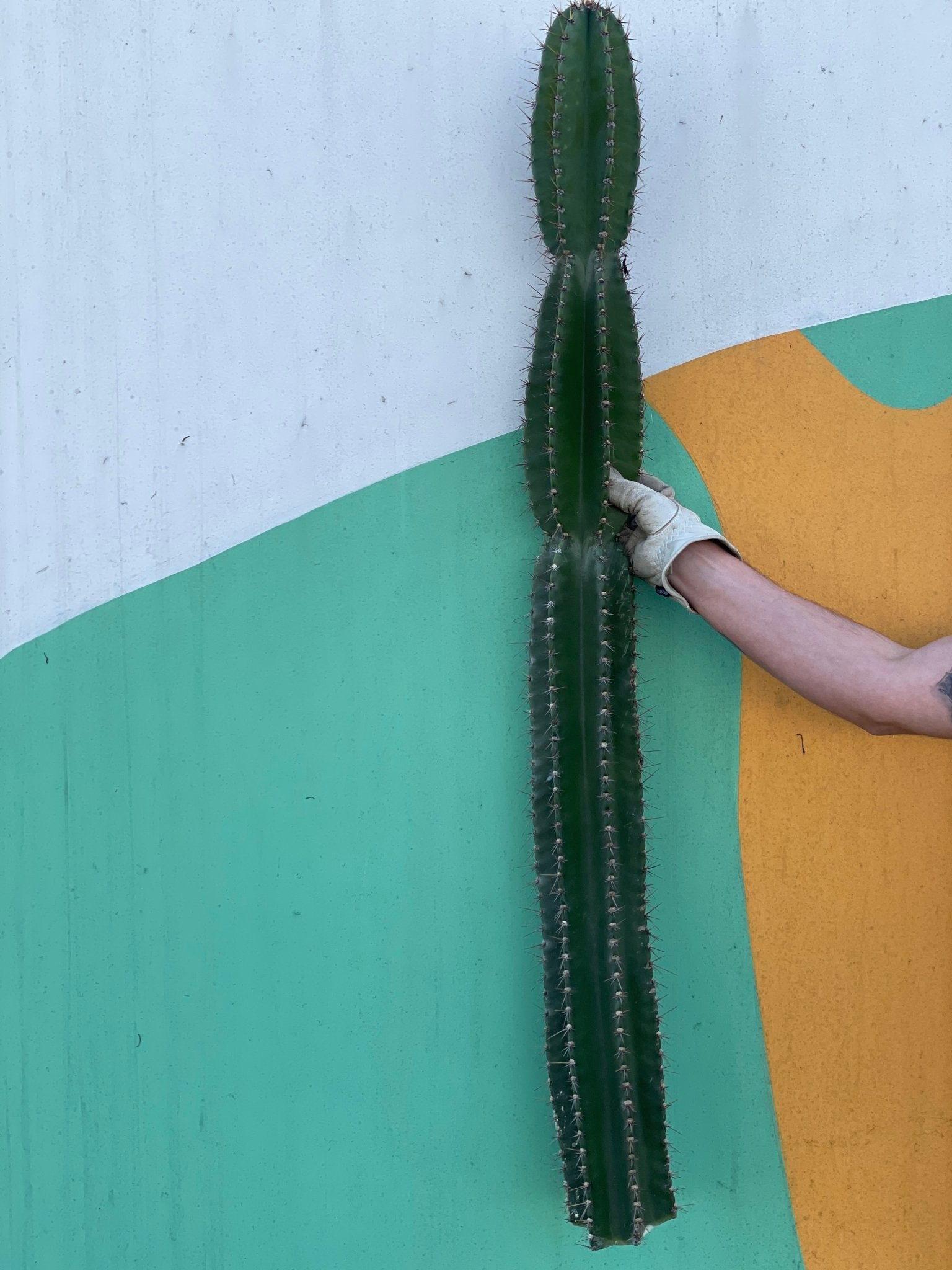
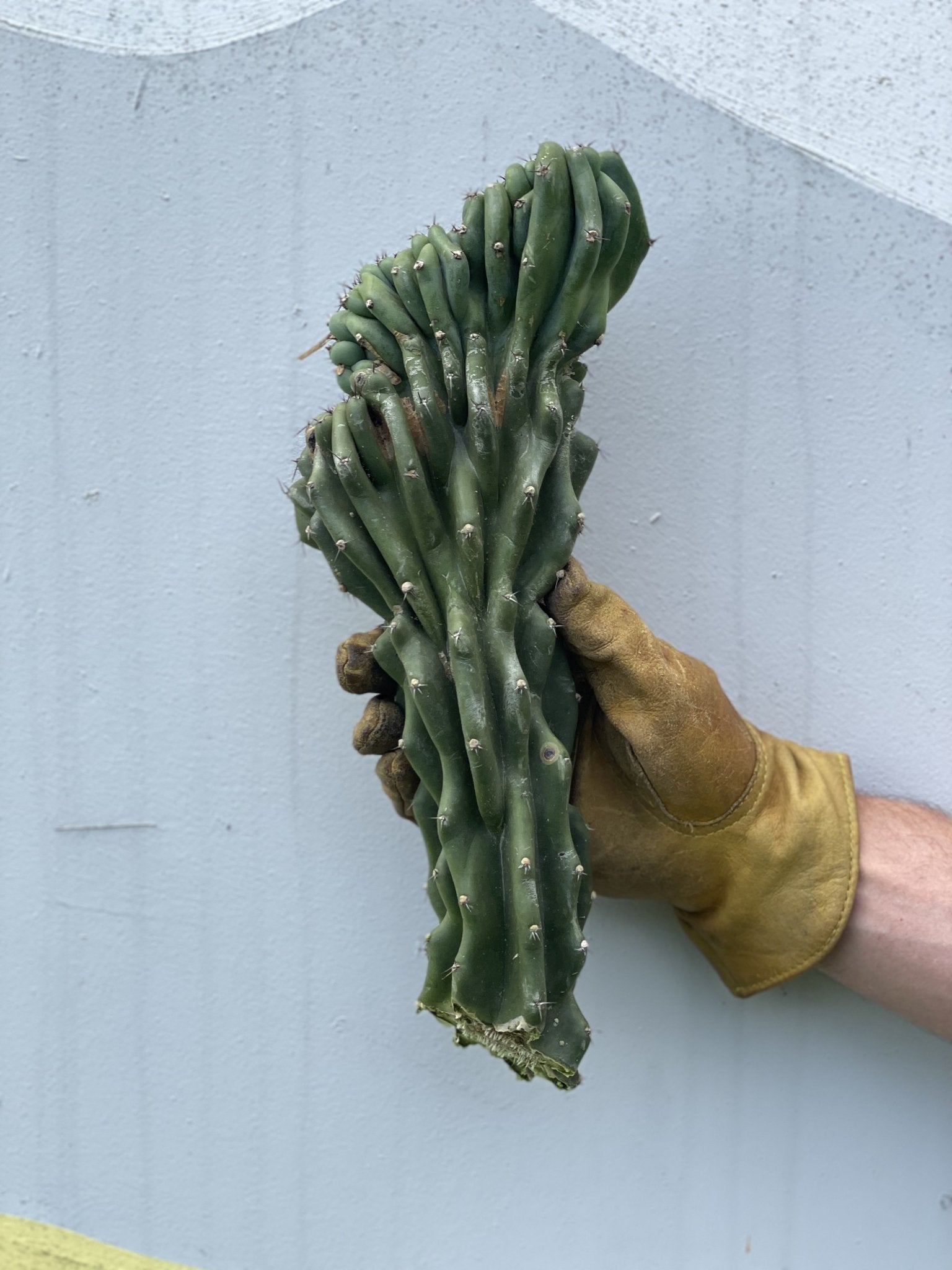
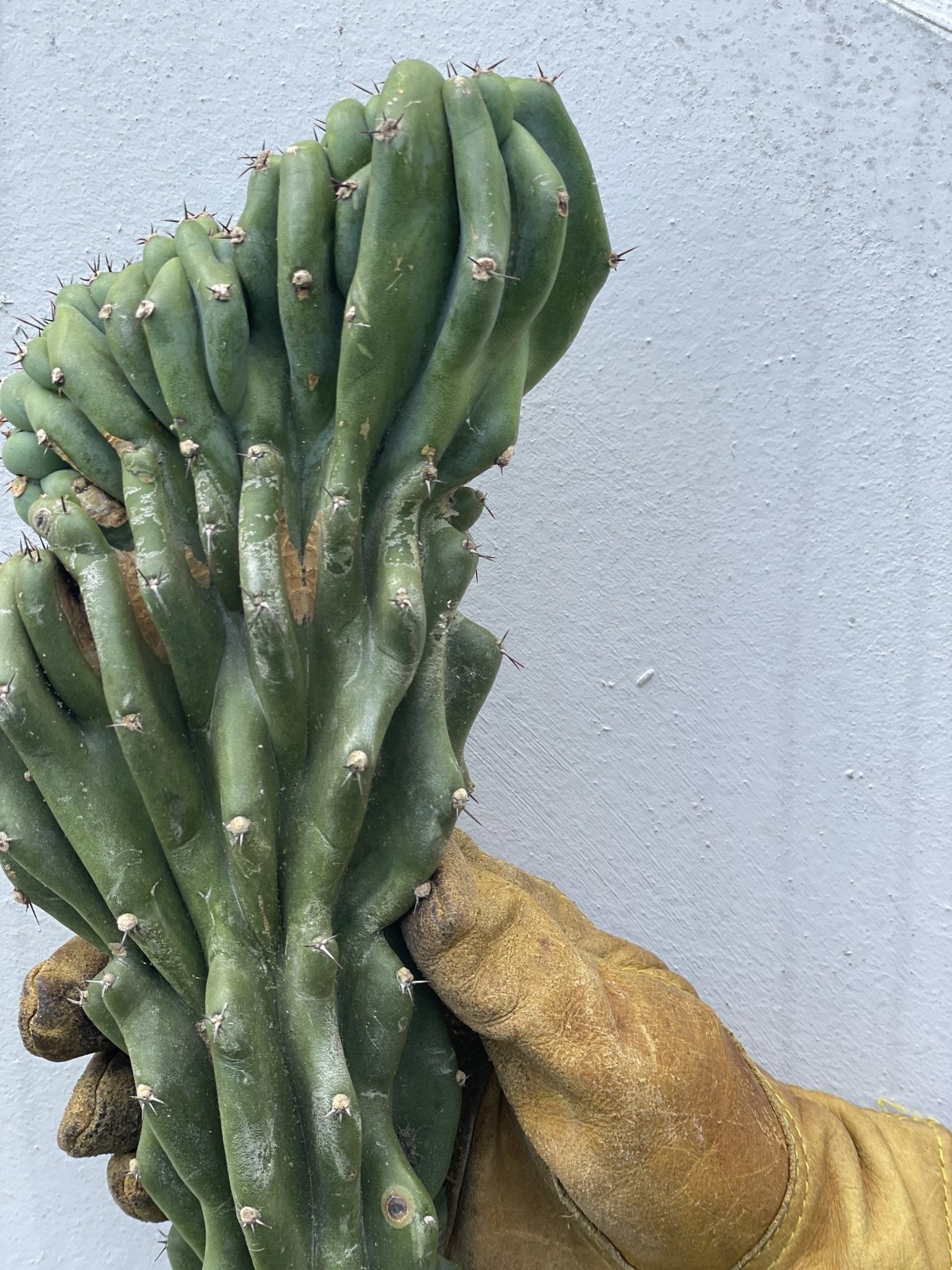


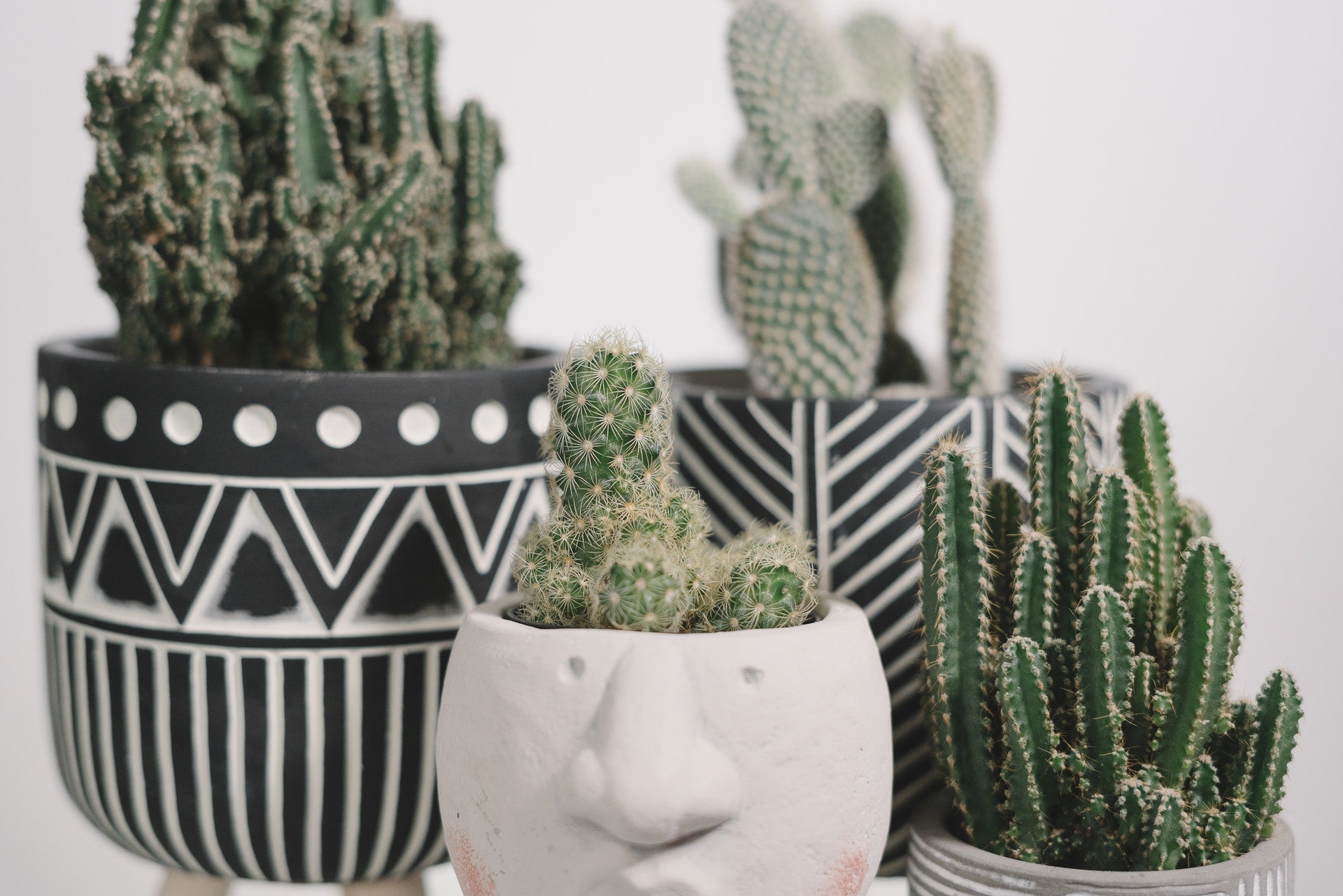
Leave a comment